
Are raw foods healthier than cooked foods? Some people believe they are — to the extent that they’ll eat nothing but. Raw foodists, as such folks are sometimes called, maintain that consuming only uncooked fruits and vegetables (some add raw seafood and/or meat to their diets) can promote weight loss and help prevent and combat certain diseases. Cooking, they add, destroys key enzymes that make food more digestible.
It’s well known that various cooking methods can leach vitamins and minerals out of some vegetables, but on the other hand the nutrients in certain other foods — including legumes and grains — become more available to the body when they’re cooked. But then you have to be careful how long you keep them in the fridge, as some foods spoil much faster than you think.
Dieticians sometimes recommend against eating some vegetables raw for exactly this reason. The nutritional value of asparagus and even of tomatoes, for instance, is actually increased by cooking. Certain other vegetables may be healthier, and taste perfectly fine, when eaten raw, but may cause gas or bloating. Cruciferous vegetables — Brussels sprouts, broccoli, and cauliflower, for instance — are particularly likely to have this effect.
Click here for 9 vegetables you shouldn’t eat raw.
There are also foods, however, that should never be eaten raw — or eaten in that form only occasionally, or in small quantities — because they contain toxins of various kinds. The amount of potentially harmful compounds in many of these is so small that you’d have to consume huge quantities of them to experience any ill effects. In other cases, though, even a few bites can cause problems. Kidney beans, for instance, are seriously toxic when eaten raw — even though when they’re cooked, they’re one of the best foods for your gut health.
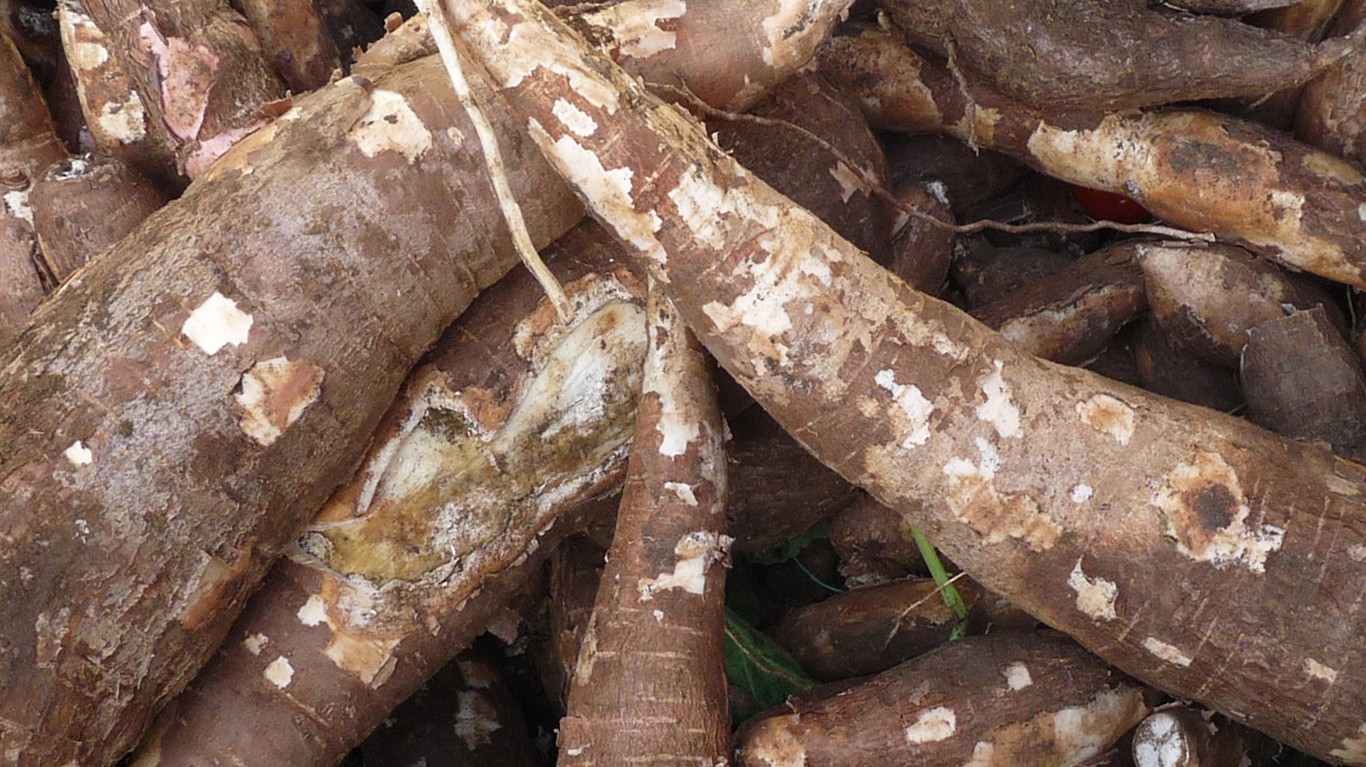
1. Cassava
This versatile tuber, also known as manioc and yuca, is a staple throughout much of its native South America and in parts of Africa and Asia. (It is also the source of tapioca.) There are two main varieties, sweet and bitter, but both contain a cyanogenic glucoside called linamarin, which decomposes into poisonous hydrogen cyanide. In sweet cassava, the poison is concentrated near the surface and peeling and cooking removes all traces of it. It’s laced throughout bitter cassava, however, and that tuber must be grated, thoroughly washed, and pressed before cooking to remove it. Needless to say, neither kind can be eaten raw.
[in-text-ad]
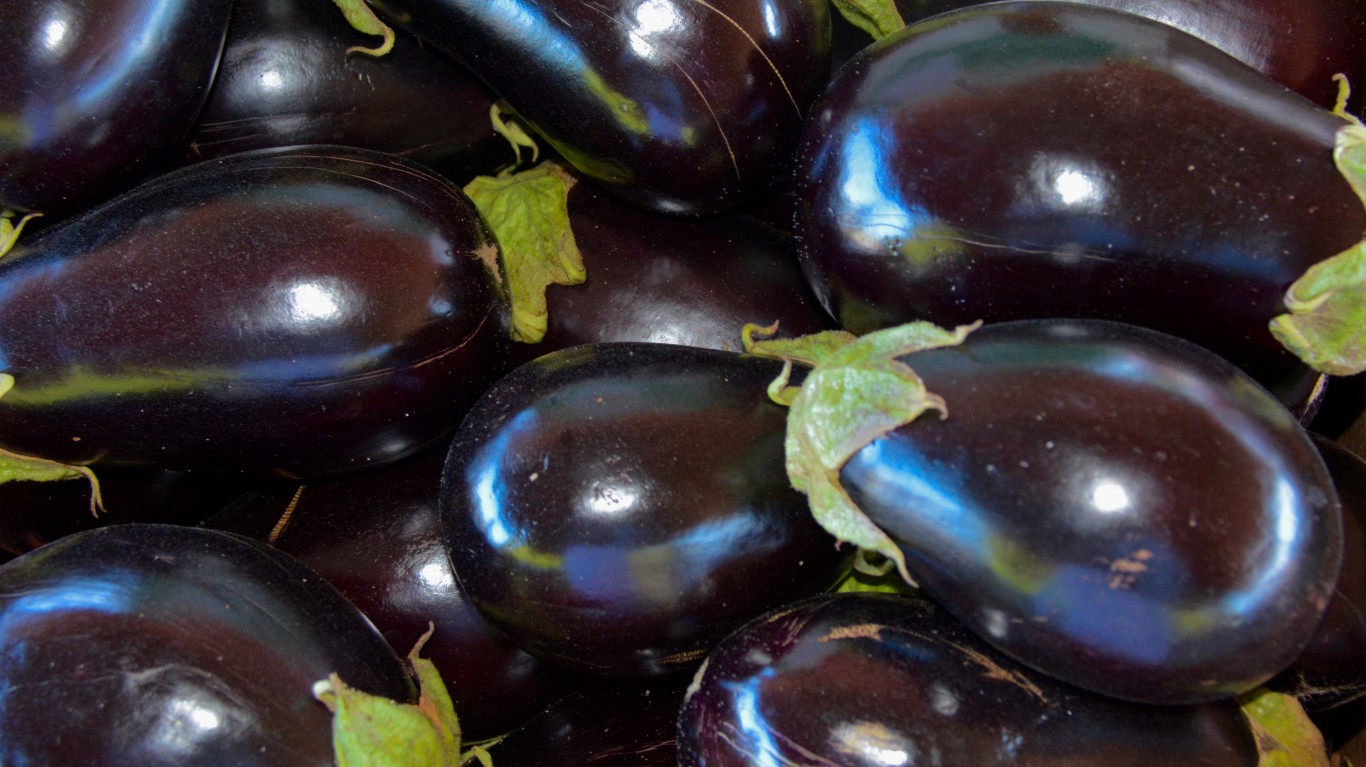
2. Eggplant
Eggplant is a member of the nightshade family (one of its relatives is so-called deadly nightshade, also known as belladonna), and like other family members contains solanine, a bitter-tasting steroidal compound. Too much solanine can cause nausea, dizziness, and other health problems, and extremely high doses can be fatal. Cooking eggplant lessens its solanine content, however, and anyway most authorities agree that you’d have to eat unreasonable amounts of the vegetable to experience ill effects. Nonetheless, some people are allergic to even small quantities of the compound, so it’s safer not to sample eggplant raw.

3. Green beans
There are more than 130 varieties of green beans, and they are generally considered a very healthful vegetable, full of vitamins A, C, and K. Eating a few of them raw in a salad shouldn’t be a problem, but they’re mildly toxic unless cooked. They also contain lectins — so-called antinutrients that limit the body’s ability to absorb vitamins and minerals, and may cause digestive issues. Cooking reduces these to negligible amounts.
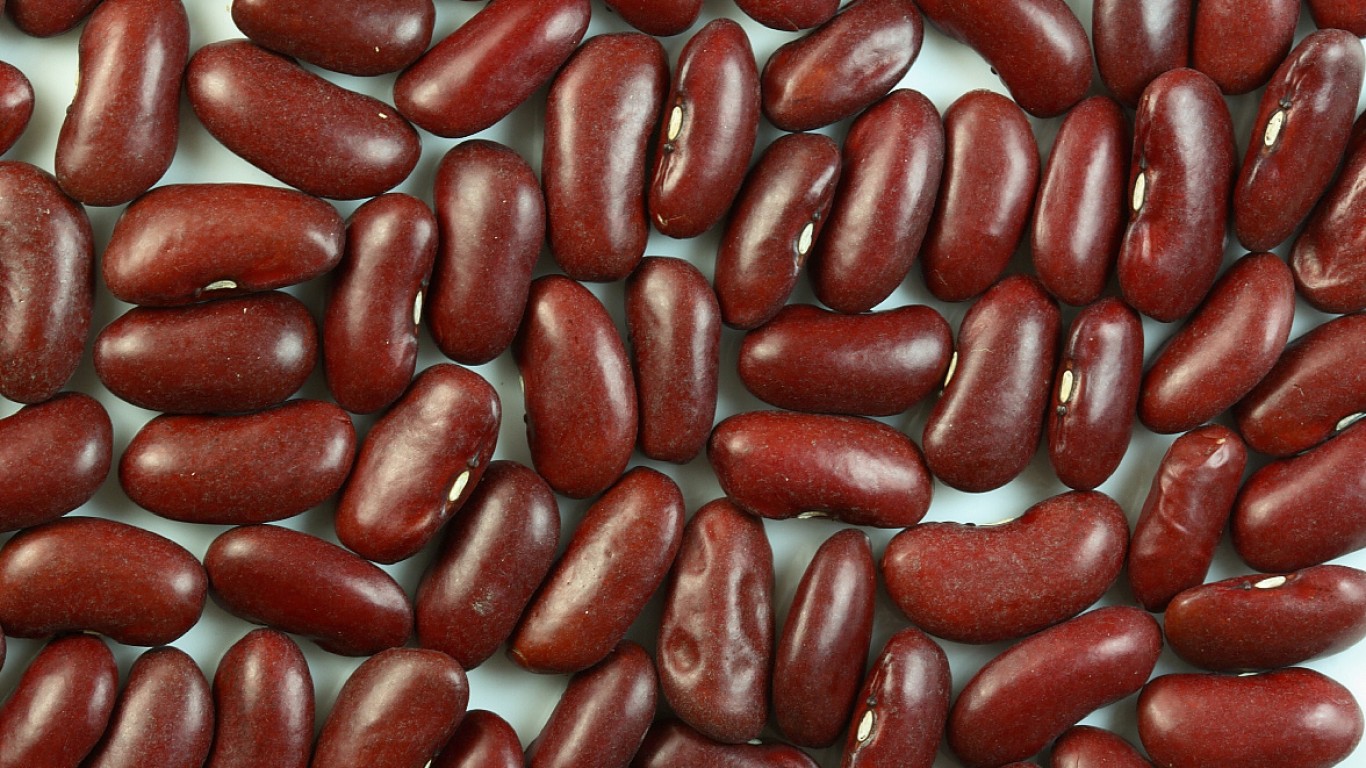
4. Kidney beans
There’s actually an illness called red kidney bean poisoning, characterized by extreme nausea, diarrhea, and abdominal pain. This is caused by a toxin called phytohaemagglutinin, present in high concentration in raw kidney beans. Heating them insufficiently, as in malfunctioning slow cookers, can actually increase their toxicity — but thorough cooking renders them harmless.
[in-text-ad-2]
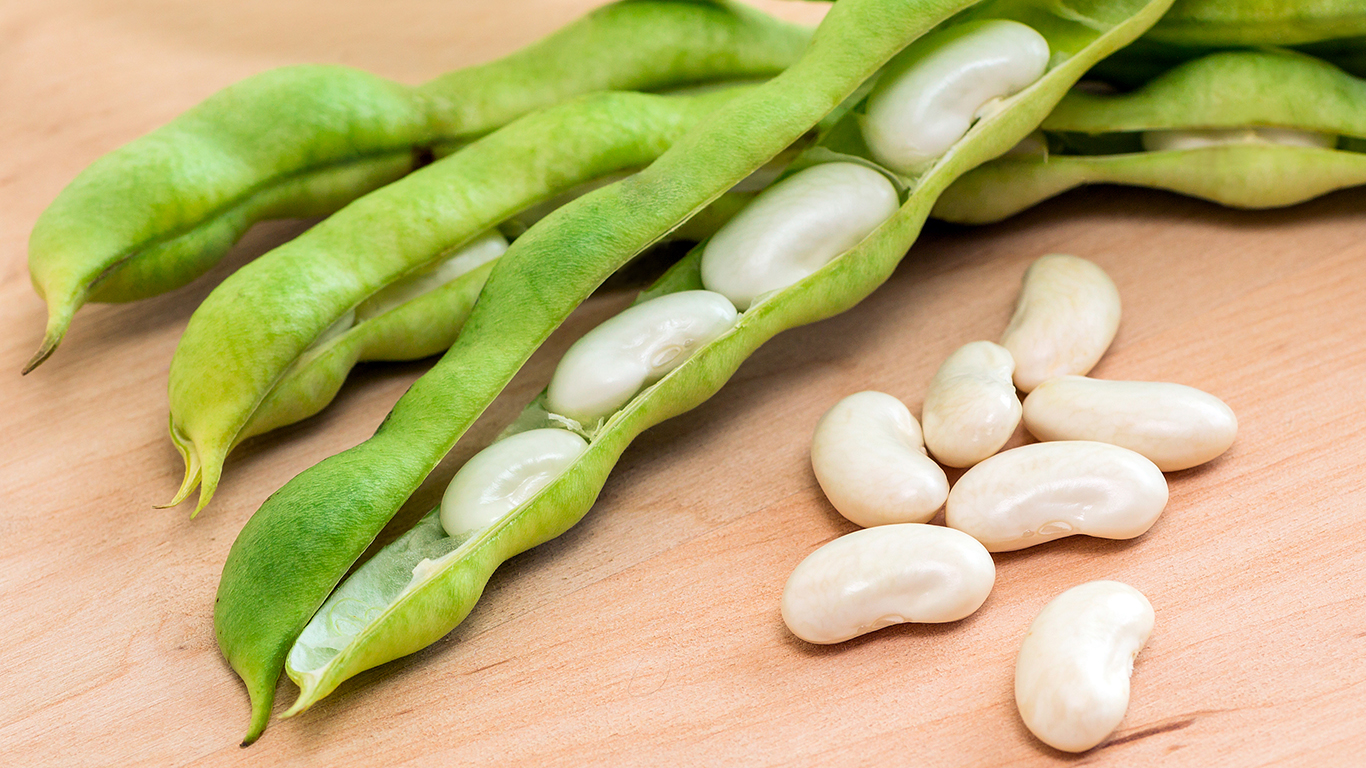
5. Lima beans
Like cassava, raw lima beans contain linamarin, which decomposes into cyanide. Limas sold commercially in the United States are required by law to have lower levels of the compound than those grown elsewhere, though, and thorough cooking neutralizes the poison. (The beans should be cooked uncovered to allow the linamarin to escape as vapor.)
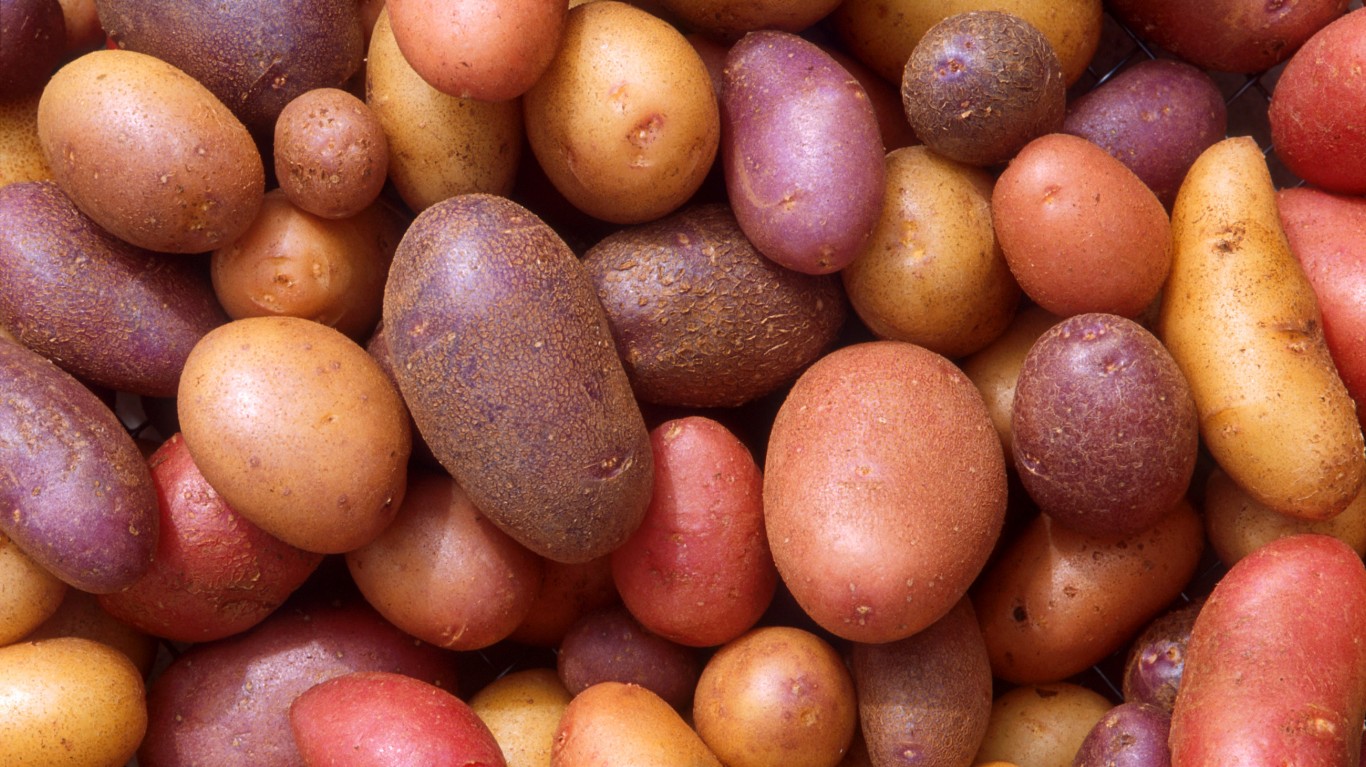
6. Potatoes
Like eggplant and other members of the nightshade family, potatoes contain solanine. Consuming too much of this compound can cause a variety of gastrointestinal and neurological problems, including nausea, diarrhea, arrhythmia, dizziness, hallucinations, paralysis, and hypothermia. Potatoes that are turning green have particularly high levels. Some methods of cooking — primarily deep-frying and boiling — noticeably lower solanine levels, and in any case it has been estimated than a 100-pound person would have to eat a pound of fully green potatoes to experience any ill effects. On the other hand, the high starch content of potatoes makes them hard to digest even when cooked — yet another reason to avoid them raw.
[in-text-ad]
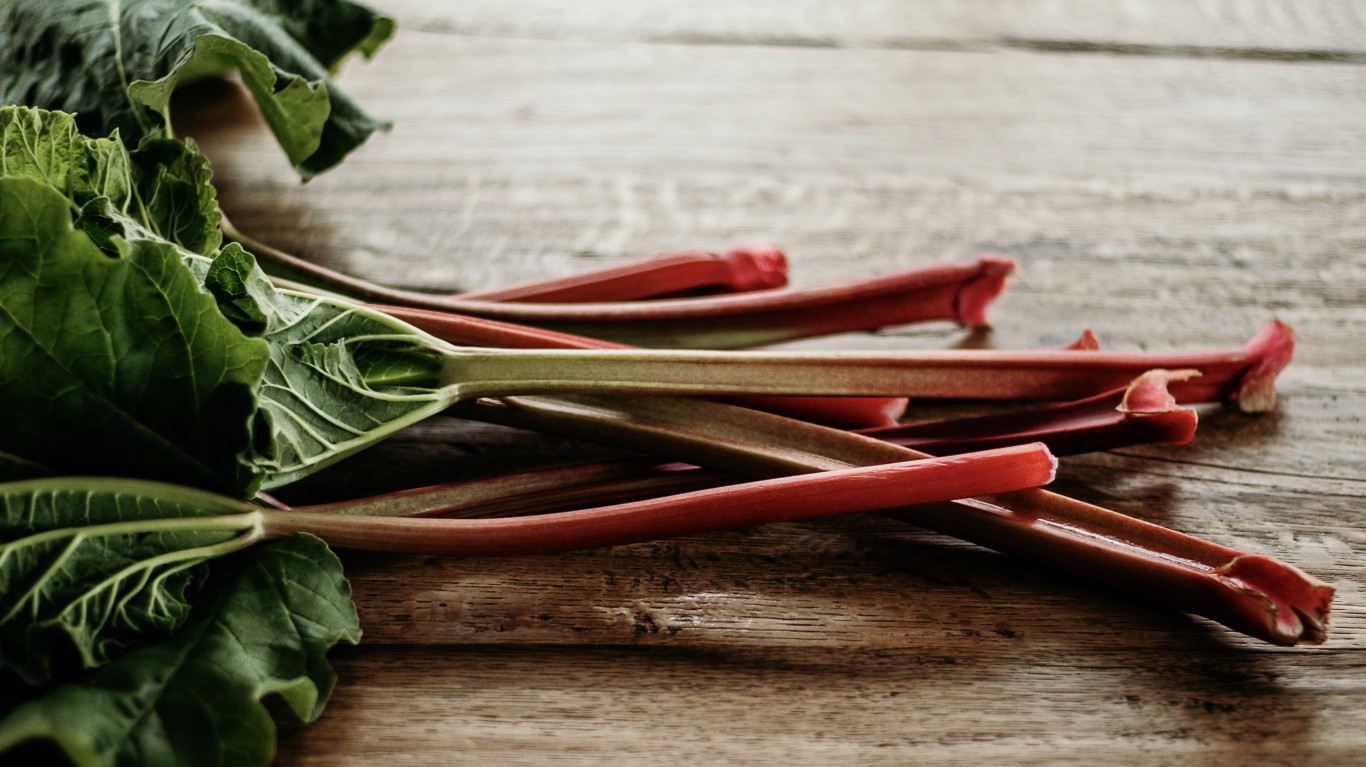
7. Rhubarb leaves
Rhubarb stalks, which look like overgrown red celery, make delicious pie (often combined with strawberries) and other desserts, but it’s very important to trim every bit of leaf from the stalks before you use them. (It’s a good idea to wash the stalks thoroughly, too.) While rhubarb itself is perfectly safe, and can even be used medicinally, its leaves have a high concentration of oxalic acid, which can cause a host of unpleasant symptoms, including burning throat, nausea, and diarrhea.
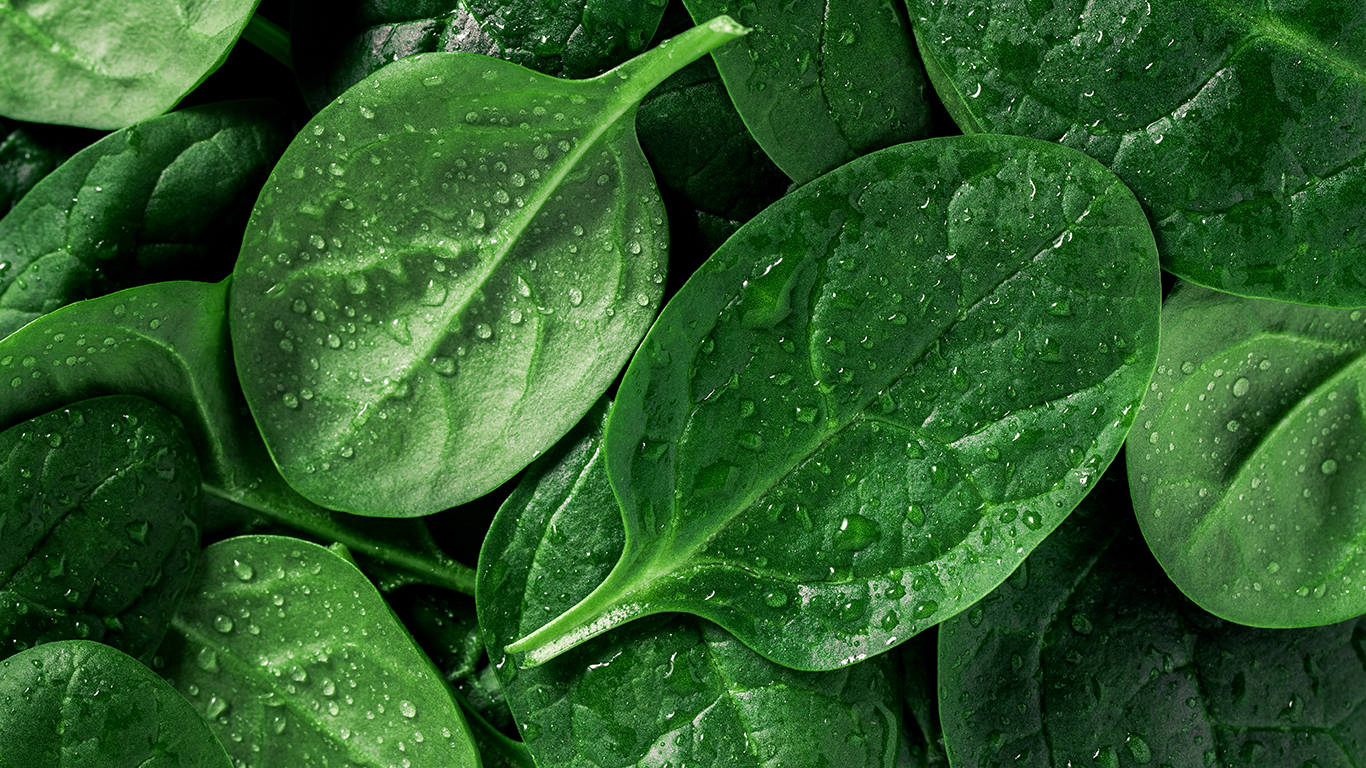
8. Spinach
Many of us have eaten raw spinach salads with no ill effects. But spinach, like rhubarb leaves, contains oxalic acid, which limits calcium absorption and may facilitate the formation of kidney stones. Cooking the spinach and discarding the cooking water gets rid of most of the acid. Another issue with the raw leaves is that spinach is particularly susceptible to contamination with E. coli and other bacteria — again largely destroyed by cooking.

9. Wild mushrooms
Cultivated mushrooms are fine to eat raw, and make good additions to salads. Restaurants, especially in Europe, sometimes serve certain varieties of wild mushrooms raw, as well, but in general the practice is unwise. They’re hard to digest, for one thing. Also, many varieties are mildly — or seriously — toxic when raw and become safe to eat only when cooked. Unless you’re an experienced mushroom hunter, it’s best to avoid them raw.
It’s Your Money, Your Future—Own It (sponsor)
Are you ahead, or behind on retirement? For families with more than $500,000 saved for retirement, finding a financial advisor who puts your interest first can be the difference, and today it’s easier than ever. SmartAsset’s free tool matches you with up to three fiduciary financial advisors who serve your area in minutes. Each advisor has been carefully vetted and must act in your best interests. Start your search now.
If you’ve saved and built a substantial nest egg for you and your family, don’t delay; get started right here and help your retirement dreams become a retirement reality.
Thank you for reading! Have some feedback for us?
Contact the 24/7 Wall St. editorial team.
 24/7 Wall St.
24/7 Wall St. 24/7 Wall St.
24/7 Wall St.



